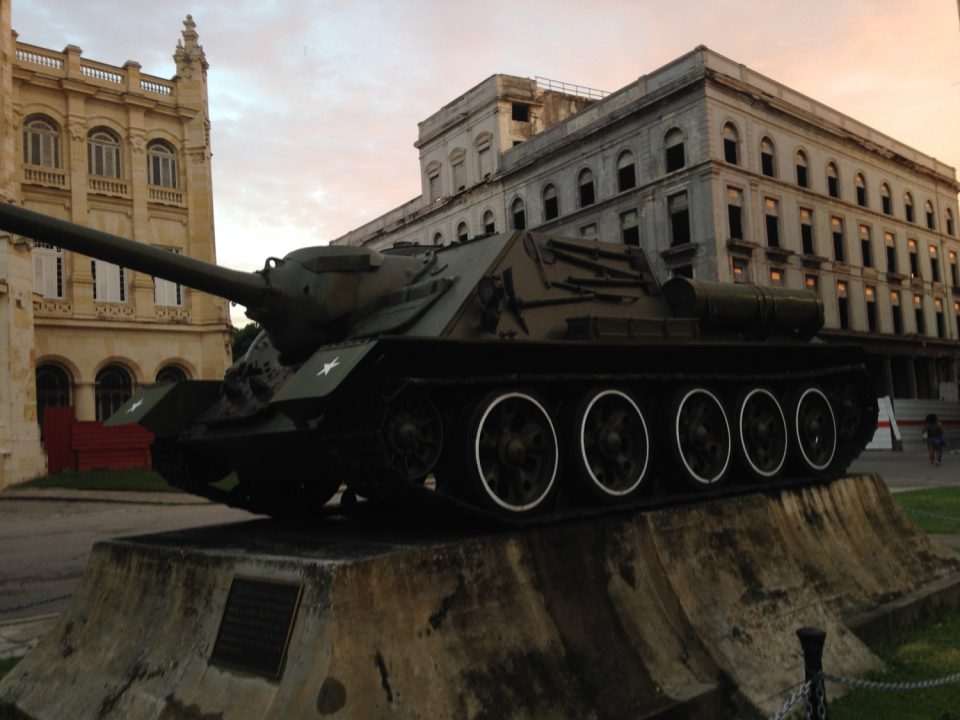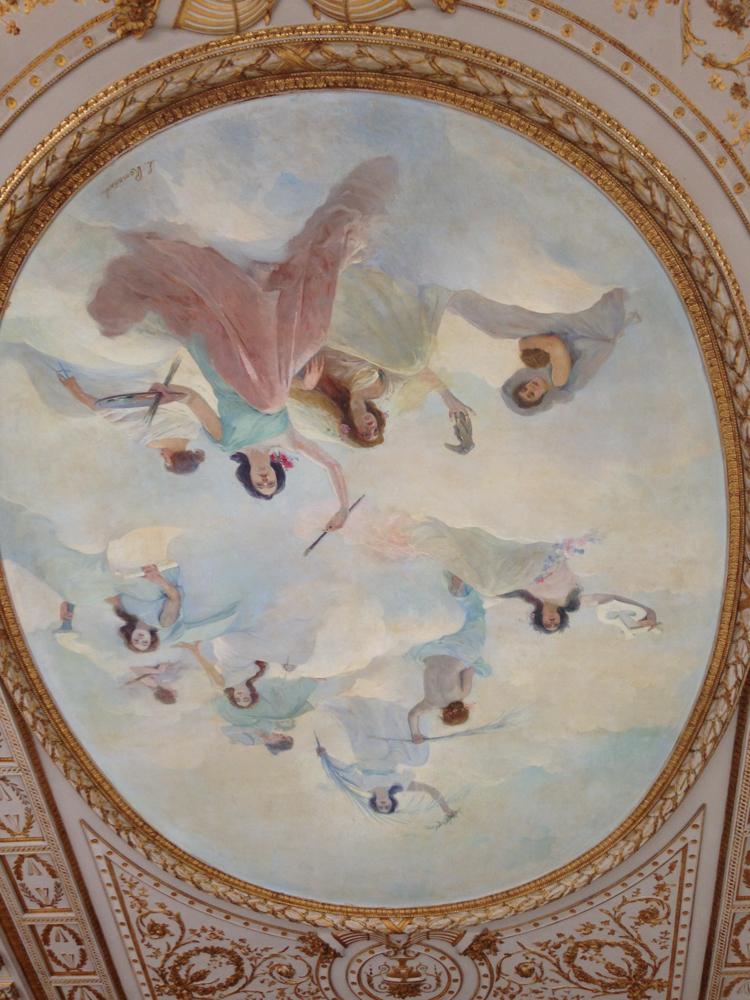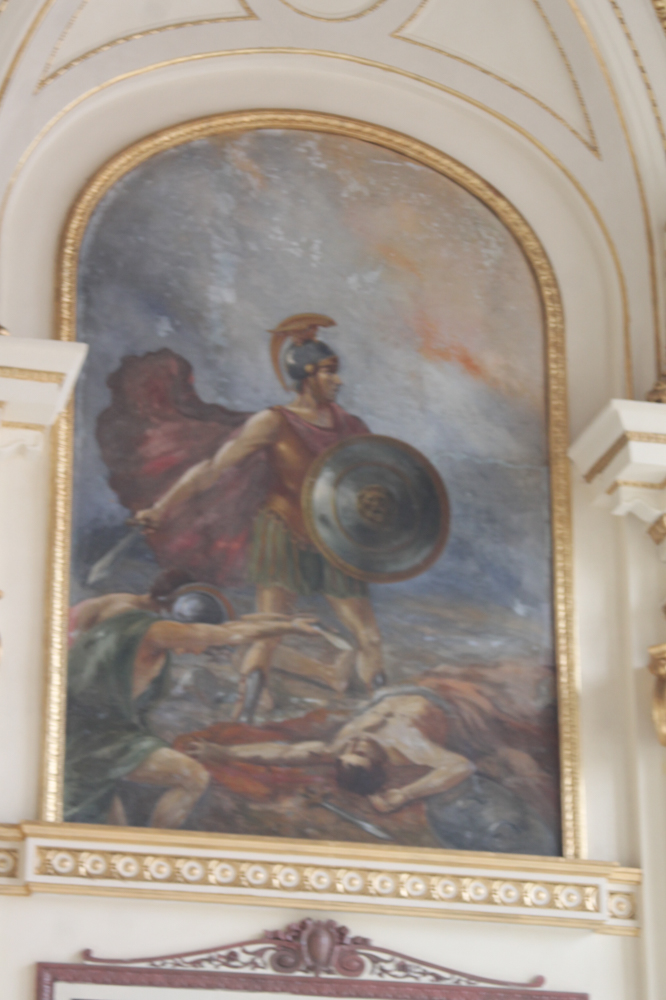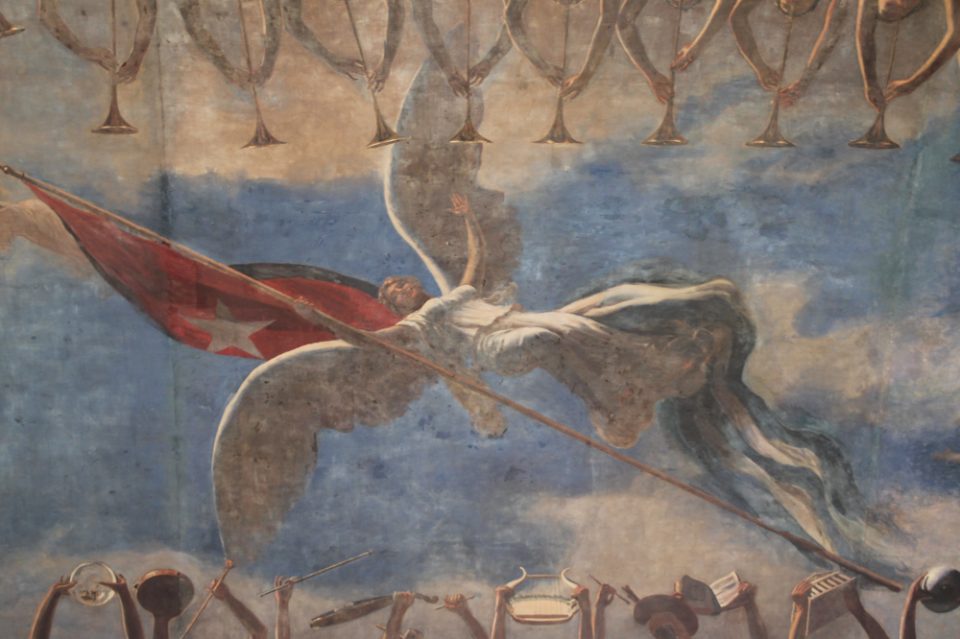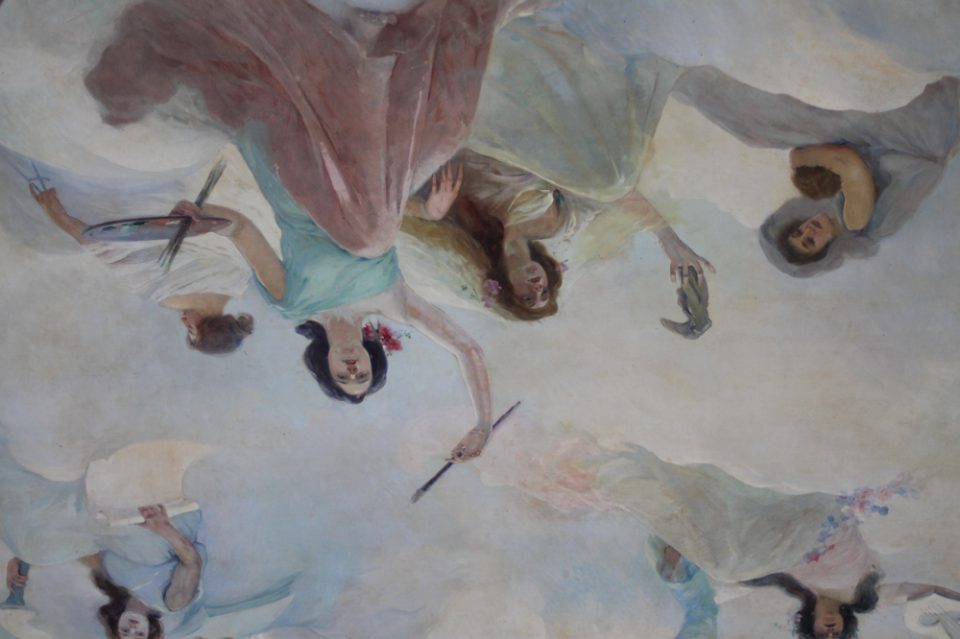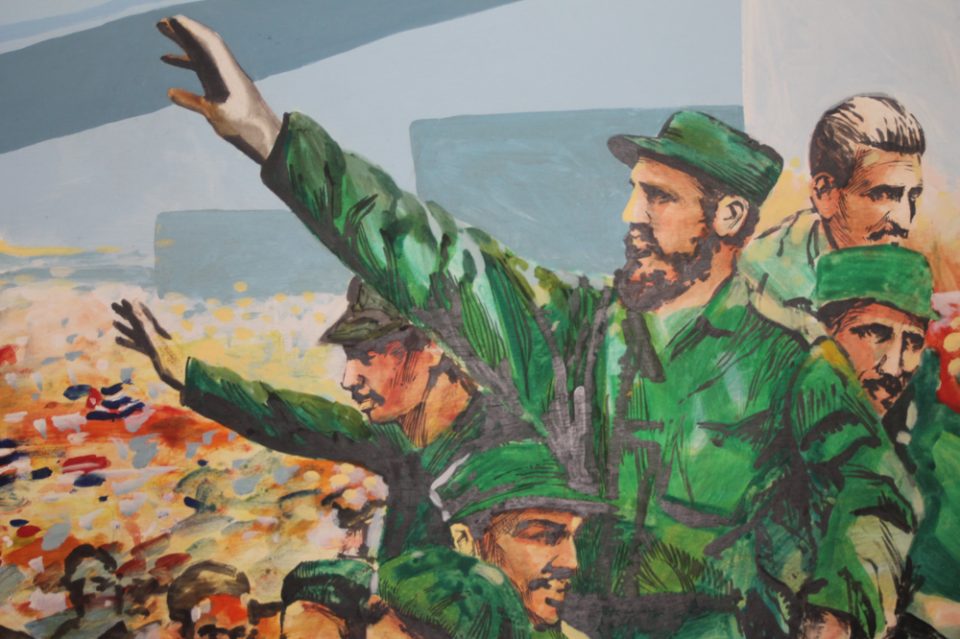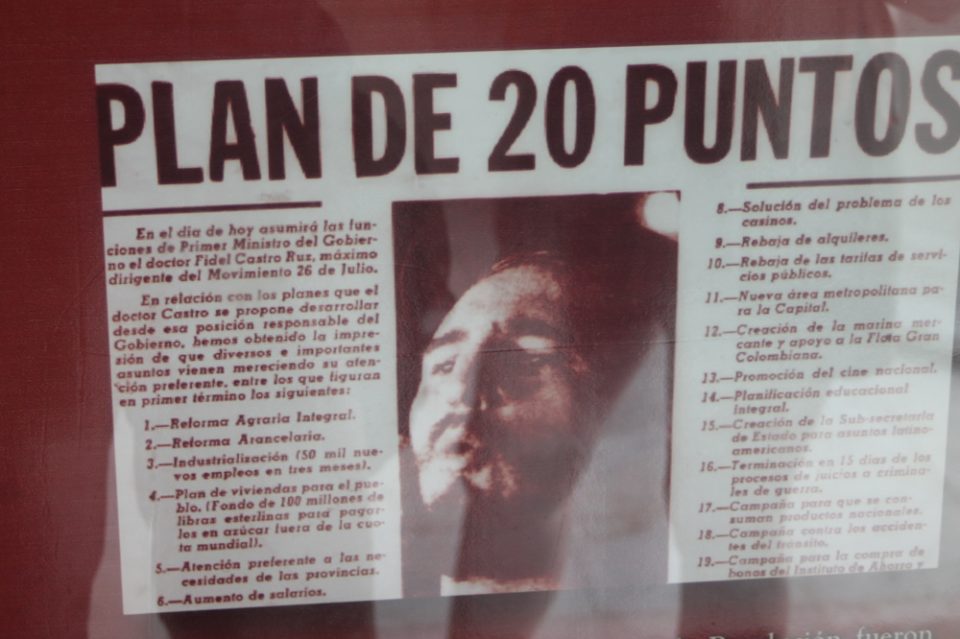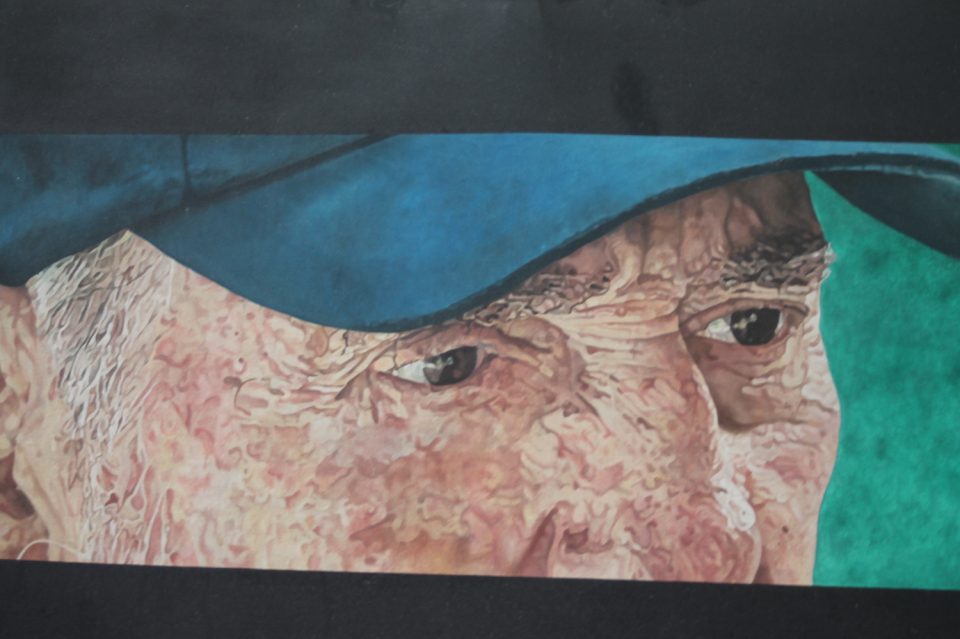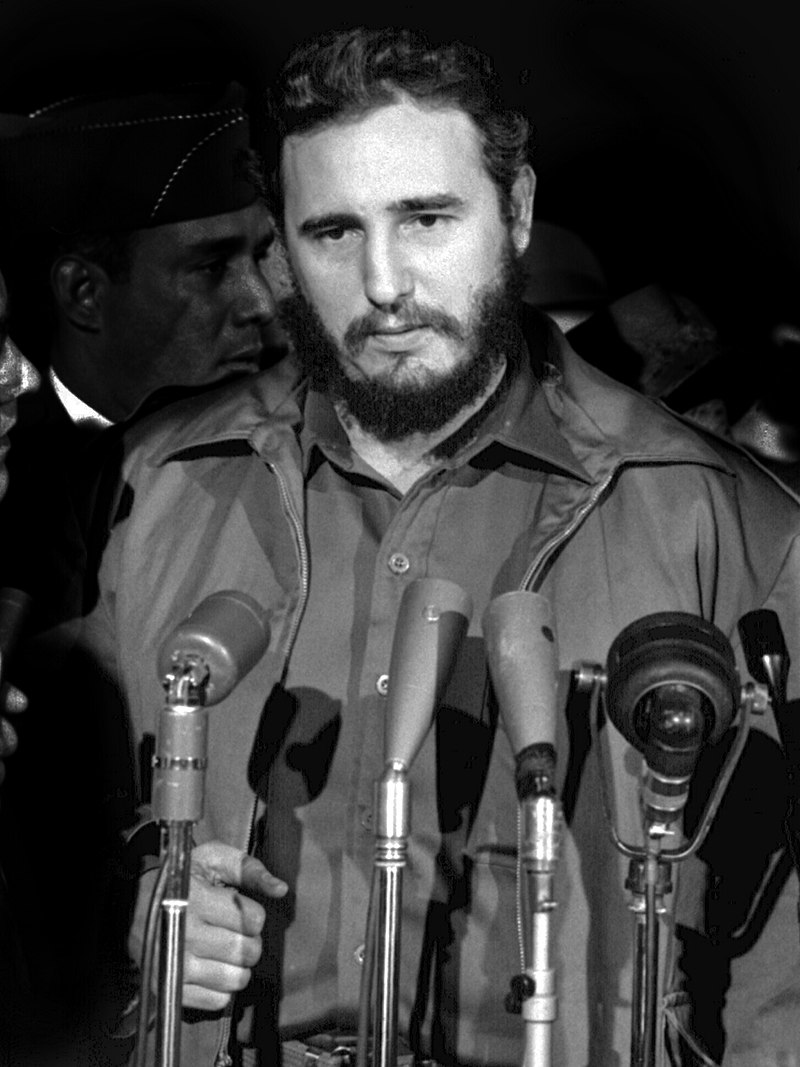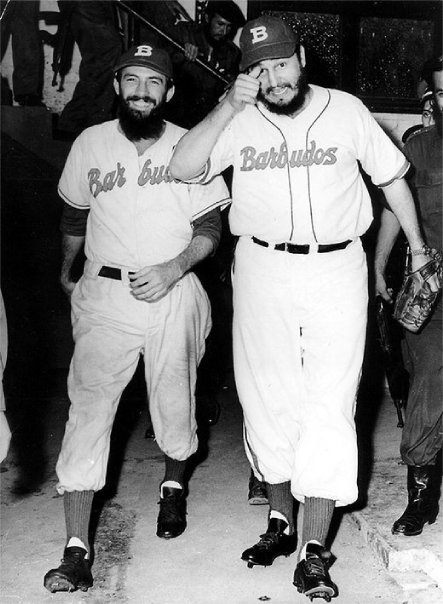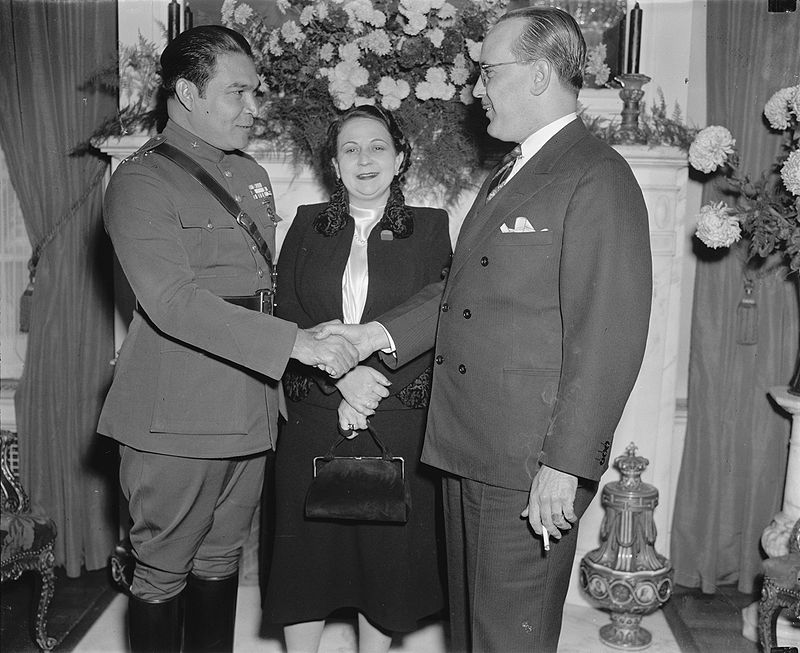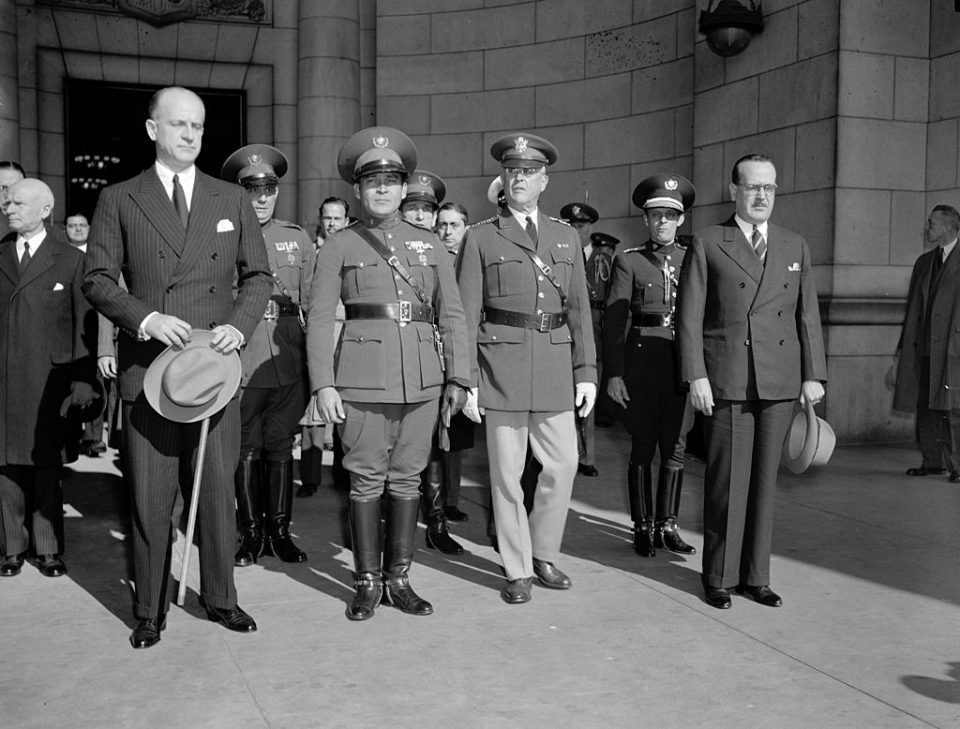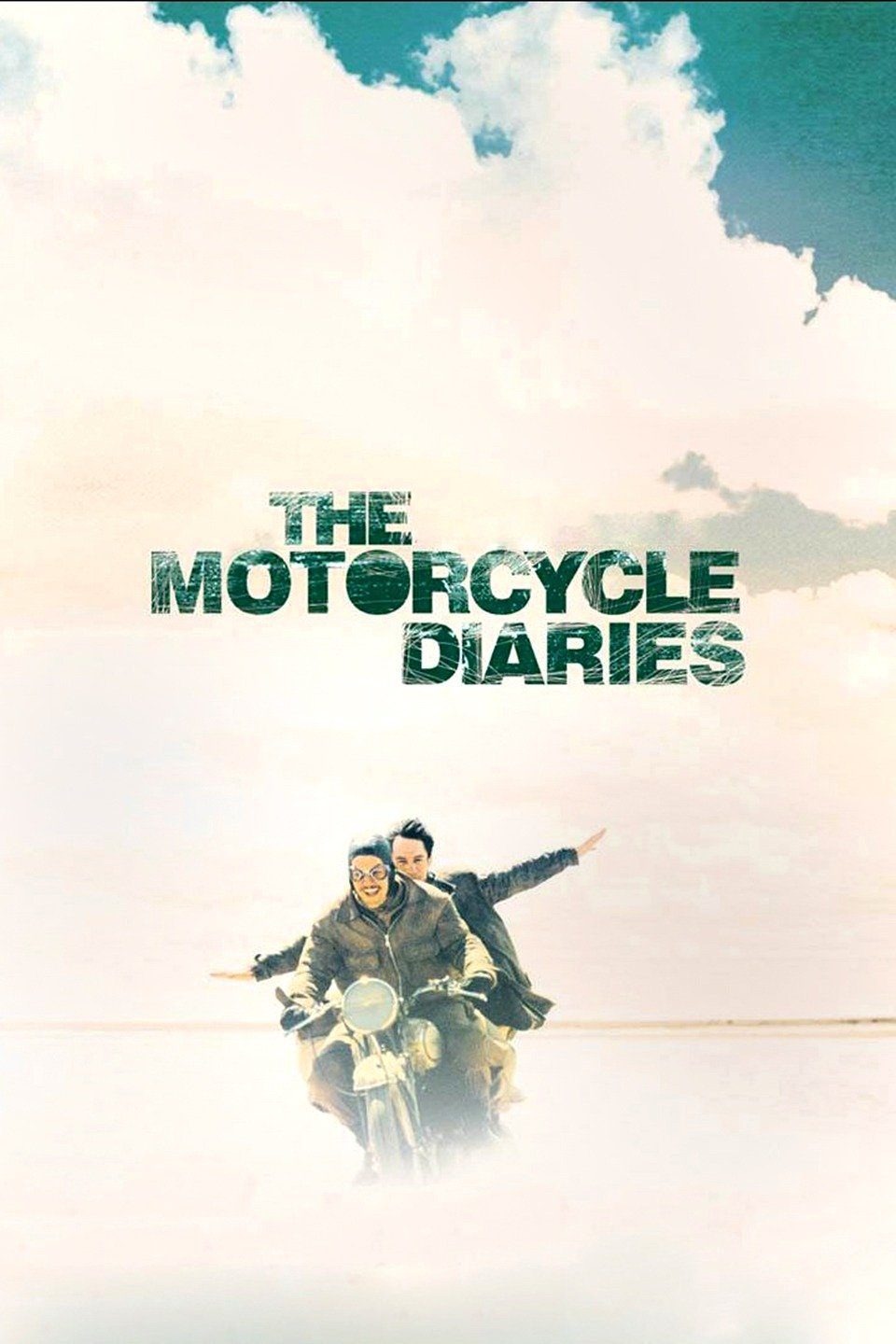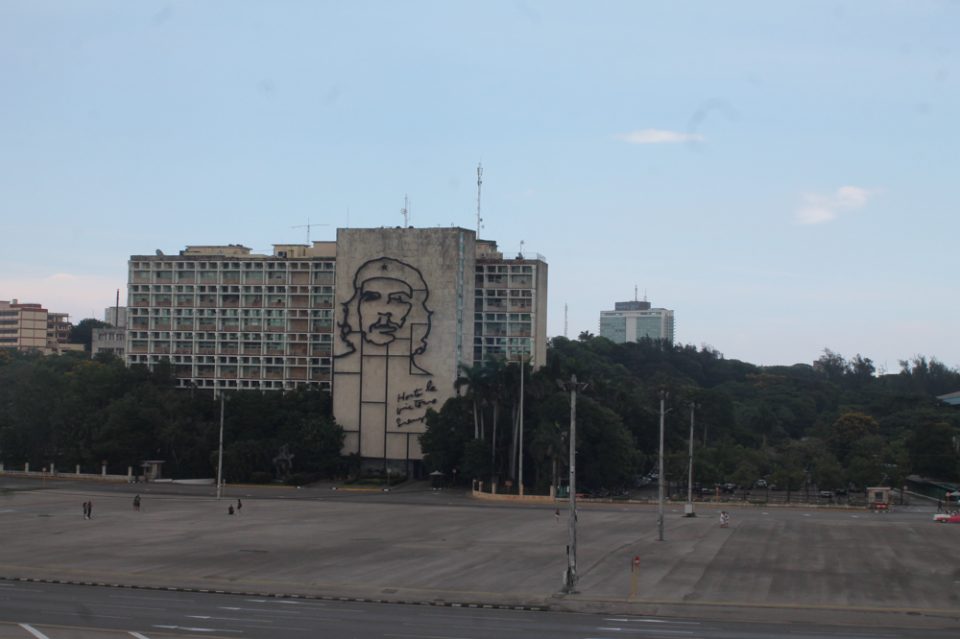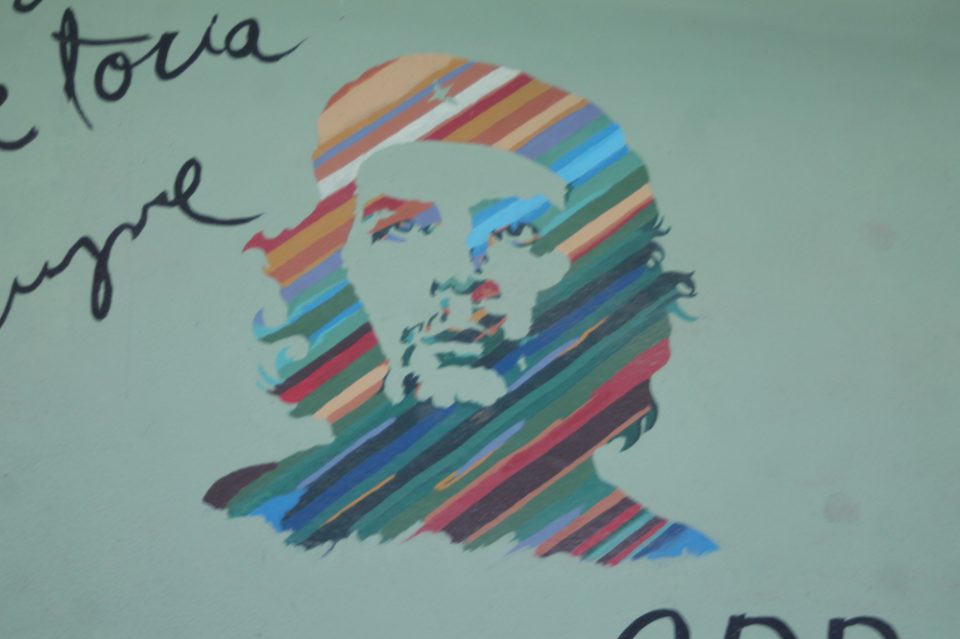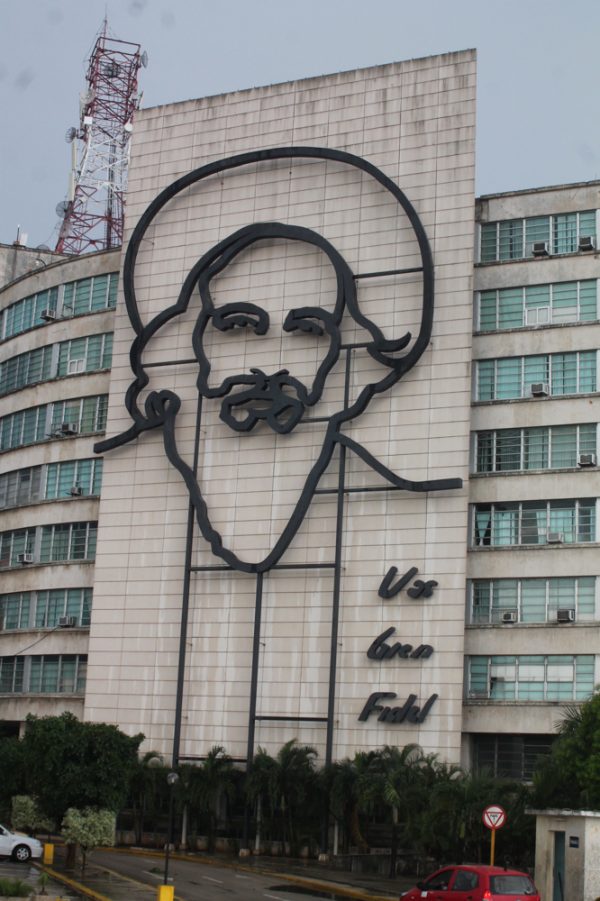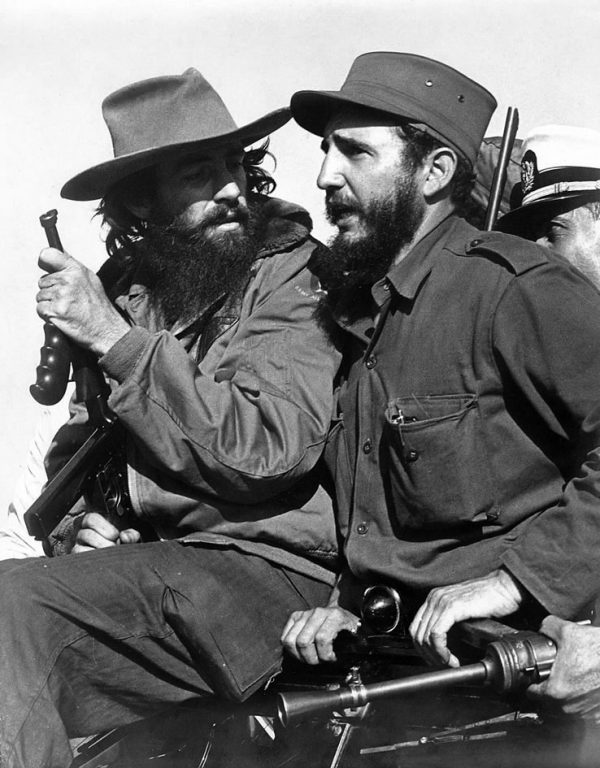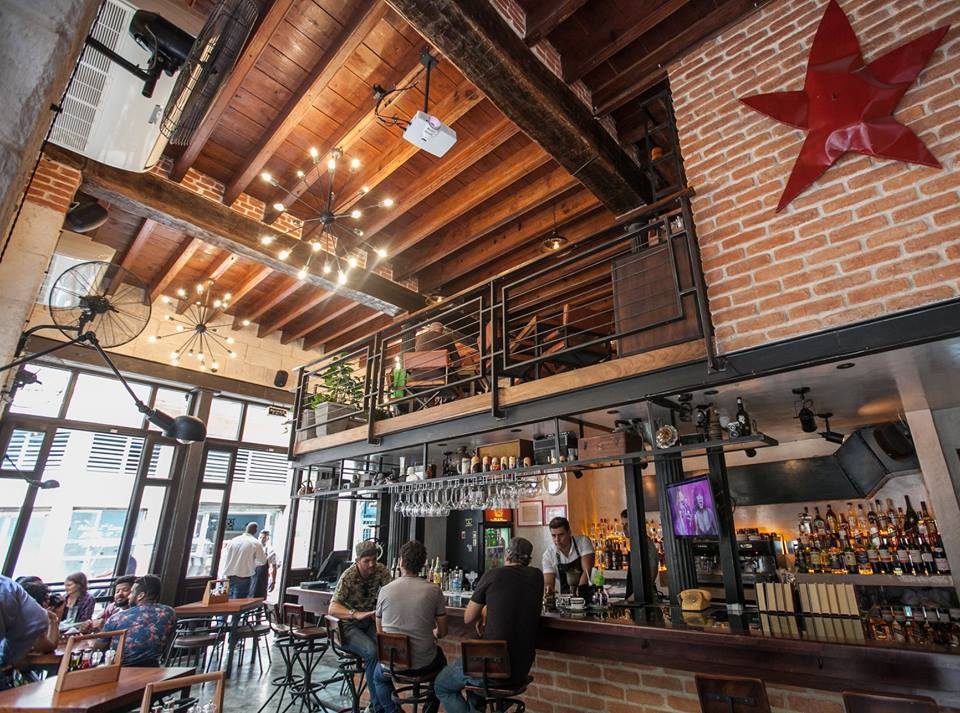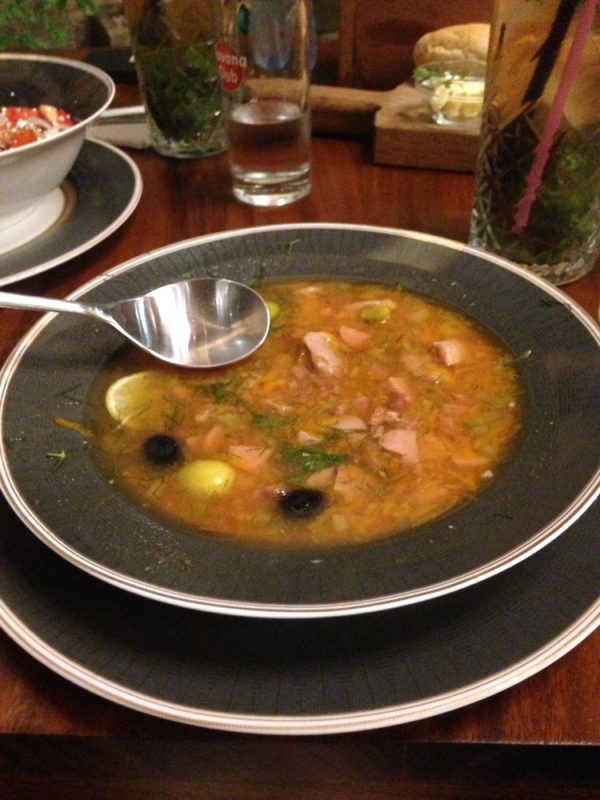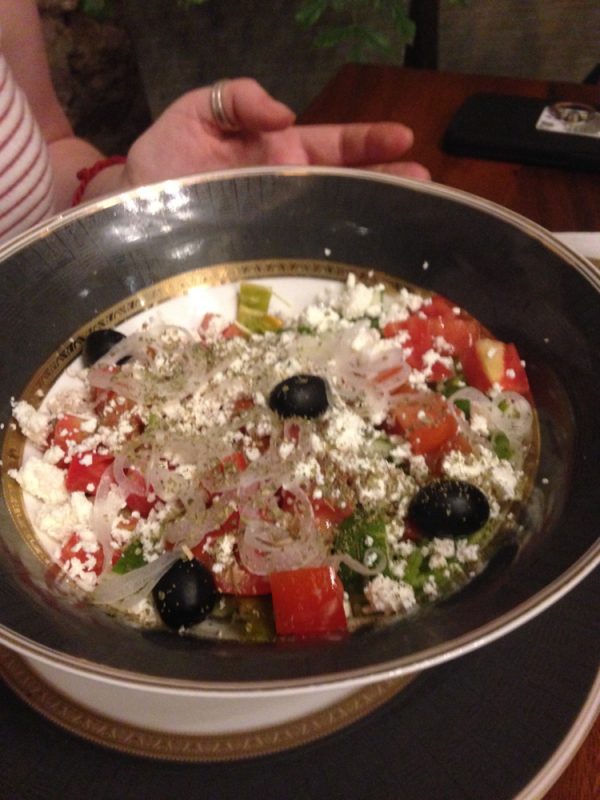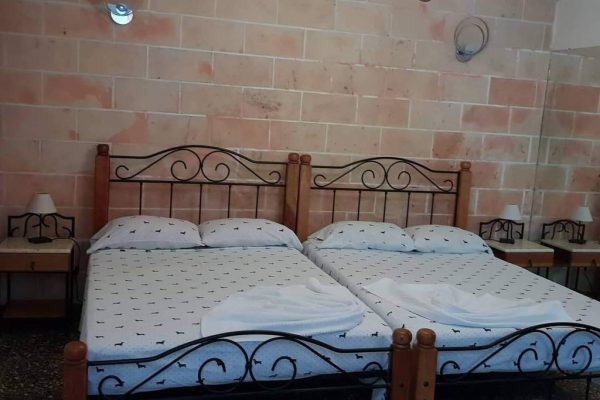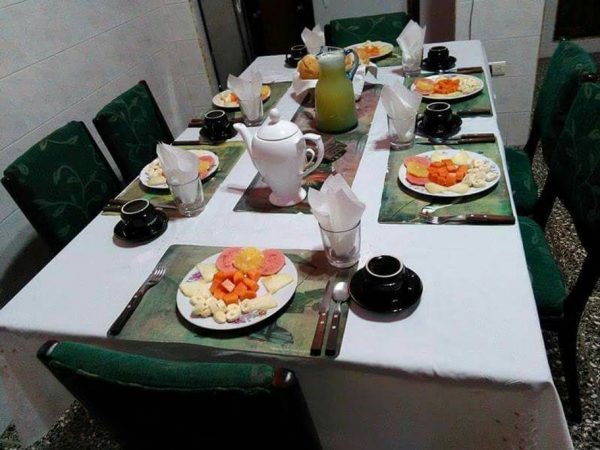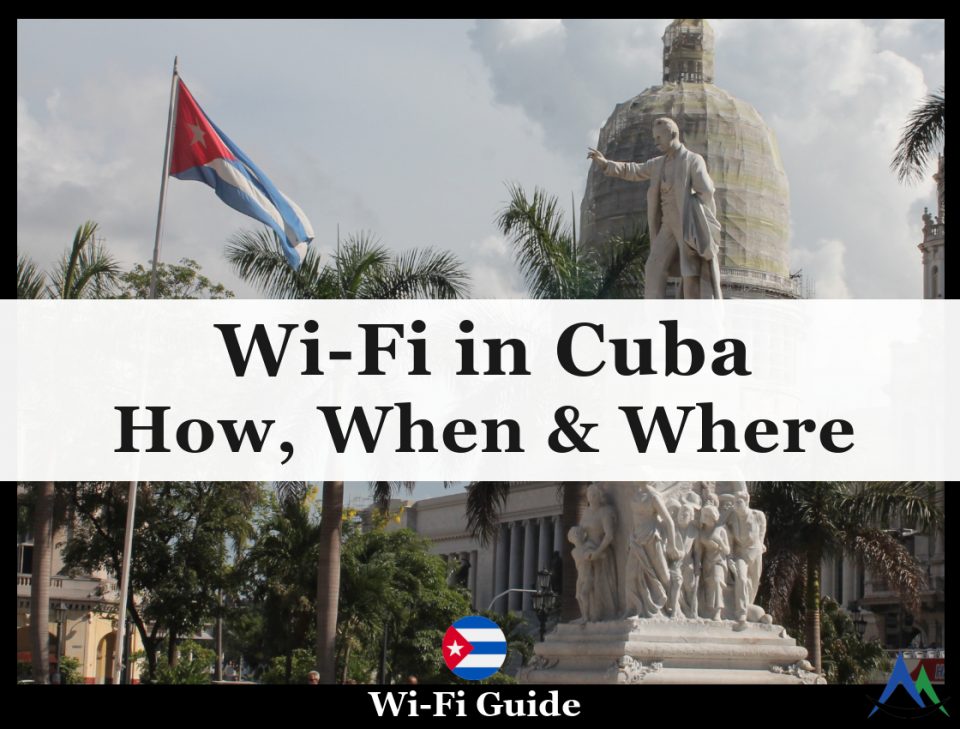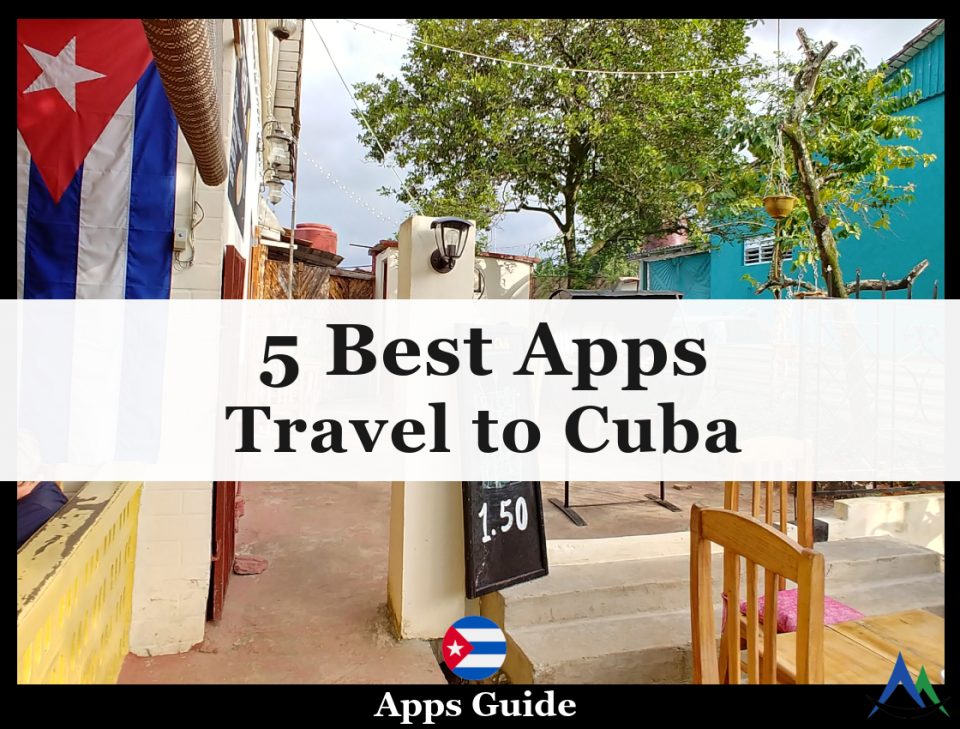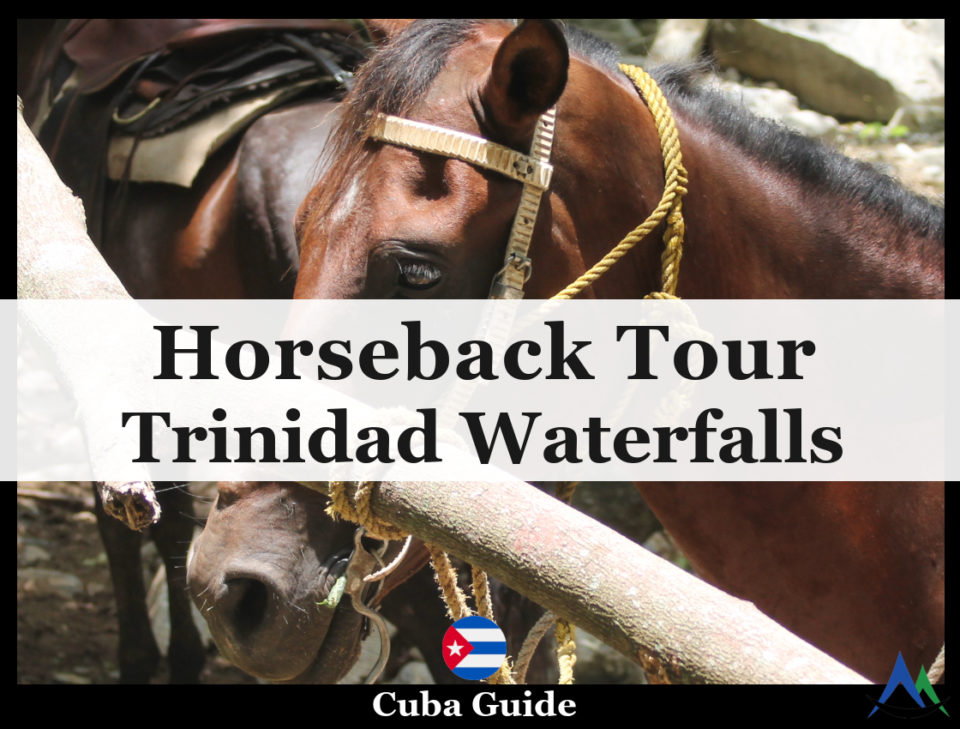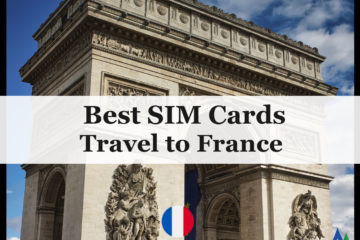The Museo de la Revolucion & History in Havana
Published by CamDarling on
The Museo de la Revolution (Museom of the Revolution) is one of the top tourist attractions in Havana. Cuba has an incredibly rich history, one we’ve recently explored in our article on Jose Marti and the War for Cuban Independence. But there is no history more notable in Cuba than the Revolution of 1956 to 1959 that turned Cuba into a Communist State in the absolute control of Fidel Castro. This was one of the defining post-WW2 events of the 20th century. The rebel led Cuban Revolution would create a red-communist country just across the sea from the United States and set the stage for the Cuban Missile Crisis of 1962 between the Soviet Union and the USA. But in this article we focus on the people behind the movement. The lives of the famous figures that started the revolution: The Leader – Fidel Castro, the Antagonist Dictator – Fulgencio Batista, and The Generals – Che Guevara and Camillo Cienfuegos.
The Cuban Revolution began in the heart and minds of the young revolutionaries, who grew up following the footsteps and taking on the dream of an Independent Cuba their predecessor Jose Marti laid out 50 years before. Cuba had become a corrupt, volatile state marked by military coup d’etats and constant interventions by US corporations and political interests. In this article, we explore the years leading up to the Revolution. We also try Russian cuisine in Havana, Women’s Rights following the Revolution, and offer tips on booking an Airbnb perfect walking distance from both the Museo de la Revolucion and The Jose Marti Memorial & Plaza de la Revolucion.
Museo de la Revolucion
Havana is the capital city and home to over 2 million of Cuba’s 11 million people. It’s a sprawling city with an old historic downtown core and endless suburbs. The Revolution Museum of Cuba is located in the north of downtown in the old cobblestone district, just a 15 minute walk from the El Capitolio Building and Central Park.
The museum is actually in the old government building, you can actually visit the Presidential Office almost exactly as it was in the late 1950s. After a few open art galleries displaying beautiful art, you enter the exhibit rooms displaying the artifacts and history of the Cuban Revolution of the late 1950s.
Walking through the rooms, seeing the old newspapers, military arms and strategic maps, you begin to just barely understand the scale of this revolution of the people and the high stakes for the participants. Many of us in North America have heard the US side of the cold war and the role of Cuba in escalating those tensions. But this museum offers a glimpse of Cuba’s perspective and the origins of communism in Cuba.
In the years leading up to the Revolution, Cuba saw an endless series of coup d’etat organized by different competing factions. Some President lasted as little as 100 days, others only 11 months. By 1955, American companies owned 40% of Cuban sugar cane farms, 90% of the mines, 80% of the public utilities like water and electricity, and 25% of bank deposits on the island. American business interests dominated the Cuban economy and politics.
In 1960, US Ambassador testified that the US Ambassador to Cuba was the second most powerful man in Cuba. In 1955, the US was sending arms shipments to dictator Fulgencio Batista’s regime, increasing his power but priming the people for a revolution.
What many tourists do not understand is that the Cuban Revolution was not a socialist revolution initially, nor did it have anything to do with communist ideology. The revolution was about independence and the right to a government and economy – free from outside influence. Foreign companies owned a lot of the land, resources and controlled the wealth of the country, and even the democratically elected politicians.
Under the US backed President Batista Cuba had a small group of powerful oligarchs and was terribly corrupt, leaving very little wealth and opportunity for the people. Unemployment was at a staggering 15-20%. Fidel Castro led a failed revolution he named “The Movement” in 1952, following the footsteps of Cuban Revolutionary Jose Marti. Fidel was captured, sentenced to 15 years and imprisoned at a hospital but soon released by Batista who didn’t believe him to be a threat and needed goodwill among the people who supported Castro.
Batista couldn’t have been more wrong. Fidel soon made his way to Havana where he gave a series of interviews, then headed off for Mexico. By this time, he renamed his movement MR-26-7 after the failed attack on July 26th. In 1956, Fidel, his brother Raul Castro, Che Guevara & Camilo Cienfuegos set sail from Mexico on a leaky yacht for Cuba. They were 81 revolutionaries in all, aiming to overthrow a government backed by the largest military power in the world.
The Cuban Revolution
One of the most fascinating parts of the Museum is how it tells the story of individuals, notably the Castro Brothers Raul and Fidel, but also the Hero Che Guevara, Camilo Cienfuegos and other generals and leaders of the guerrilla forces. It is the personal stories I too will share in this article.
It makes the experience more than just a tactical military analysis (5,000+ combatants, up to 140,000 total). The revolution started with a handful of passionate leaders, less than a hundred soldiers on a crappy yacht, and turned into a powerful movement of the people against the military state.
Fidel was clever, he understood the importance of a public image and symbolism. Fidel read and admired Marxism and Leninism (socialism) but he didn’t join the existing communist party in Cuba. He needed the support of moderates and people from all ideologies. He met with leaders of other factions and political parties snubbed by Batista’s government. In 1957, from his mountain stronghold, Fidel had an interview with the New York Times, becoming a celebrity and the face of the revolution in Cuba and internationally.
Even in his guerrilla campaign Fidel Castro only came out as communist 2 years into the fight, no doubt using the ideology to ally the guerrilla forces with the powerful Soviet Union, a key supplier of arms and ammunition. Most importantly, hiding he was a socialist early on meant the United States was less interested of their campaign. The biggest challenge of the revolution was accessing arms and ammunition. Weapons were smuggled from the US through intermediaries. Later, they were acquired from Russia.
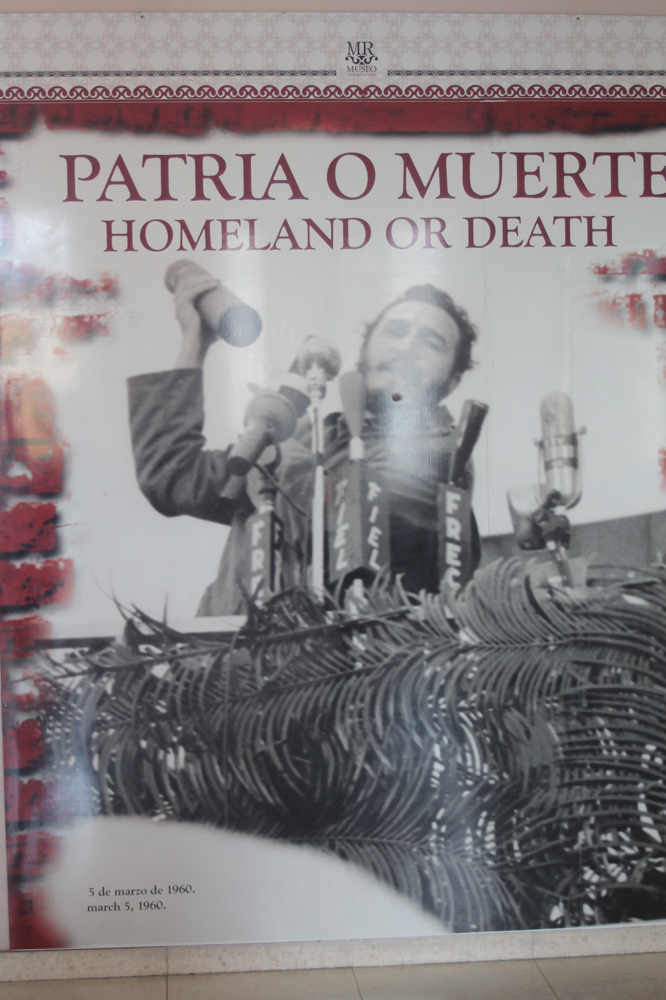
By 1958, Cuban Revolutionary forces controlled the entire eastern half of Cuba, from Sanata Clara to Santiago. Batista’s censorship of the press, torture and executions of prisoners had made it to international headlines. Whatever public support was left for Batista evaporated with the aerial bombings of forest villages suspected of aiding the rebels. The US would make this very same mistake in Vietnam, once you’ve bombed the innocent, all moral high ground is lost. Batista’s days were numbered and even the US Political Elites knew it.
Internationally, the Batista regime as seen as a brutal dictatorship. In a desperate effort to regain control, the US pulled support of Batista in favor of General Eulogio Cantillo. They intended to set up a provisional government until new elections could be held but it far was too late. Castro was on the march to Havana encountering cheers and crowds of supporters in every village on their path to claim victory.
Castro had no intention of holding new elections. He appointed himself the Representative of the Rebel Armed Forces of the Presidency and appointed Manual Urrutia Lleo Provisional President. Fidel controlled the military, and therefore controlled the Presidency. In 1959, Fidel Castro was sworn into office as Prime Minister of Cuba, a post he’d hold until 1976 where he transitioned to become Cuba’s 15th President. He stopped down in 2008 in favor of his younger brother Raul Castro.
It’s interesting to me, that had the US never backed the megalomaniac authoritarian dictator Batista’s coup d’etat in the first place, or had allowed for the economic prosperity of the Cuban people in the 1930s to the 1950s, communism may have never flourished in Cuba at all.
Fidel Castro - The Leader
Fidel Castro is the most famous Cuban in history. He was the longest serving head of state (that wasn’t a monarch) of the 20th and 21st century. He came to power by leading the Cuban Revolution and overthrowing the dictator Fulgencio Batista’s regime.
Fidel Castro’s legacy is that he spat in the face of the United States efforts to exercise control of Cuba. He promoted communism across latin America, using Havana as a hub of indoctrination for guerrilla fighters. He defied Washington in ways that few world leaders ever dreamed, I mean Castro famously survived all the assassination attempts from the CIA and died of old age in 2016 at 90 years old. Cuban Intelligence but the number of assassination attempts at 638, from as far back as under the administration of Eisenhower in 1959, to as recently as under President Clinton in 2001.
Attempts to murder Fidel ranged from planting poisoned cigars, exploding cigars, a booby-trapped conch on the sea floor, a poisoned scuba-diving suit. Understandably Fidel quit smoking in 1985. A mafia style execution was considered through 3rd party mobsters: Johnny Roselli, Salvatore Giancana and Santo Trafficante, all of whom were in the top 10 of America’s most wanted. There is little evidence of the mafia making the attempts under the CIA’s operation “Family Jewels”.
Fidel’s legacy will always be tarnished by the economic struggles of Cuba. That the prosperity and growth he promised the people never materialized. Fidel wasn’t just a communist, he was anti-globalist. It’s difficult to say whether it was his communist policies that impoverished Cuba, or the isolation of Cuba from international trading partners. Had Cuba risen to become an economic powerhouse during the regime, we would no doubt look at the Communist State as a success, a prosperous nation. But Cuba remains poor. I’ve seen it myself. It is a 3rd world country with aging infrastructure and empty shelves in grocery stores.
Fidel Castro - The Populist
Fidel Castro’s rise to power reminds me of Julius Caesar. Like Caesar, Fidel Castro came from a wealthy family. In his youth, Fidel was a terrible student but had the support and ambition to study law at the University of Havana. Fidel was incredibly active on campus speaking out against corruption, American Imperialism and even ran for student president, although he did not win. Fidel married the daughter of a Cuban Elite, who disapproved of the marriage but still gave them tens of thousands of dollars for their 3 month long New York City honeymoon in 1948.
The vast family wealth, Fidel’s family owned a profitable sugar cane farm in eastern Cuba, outside of Santiago, and new connections from his wife’s family gave Fidel the means and support to make a run for office. His Marxist views were too radical to win a nomination to Congress, but he began campaigning for the House of Representatives in 1952 as a candidate in Havana’s poorest districts.
Fidel was born and further married into privilege and status, and preached to the poor and oppressed about freedoms, corruption, the tyranny of the elite and grand ideals. Like Caesar, Fidel never spent a day in his life in poverty, but used populist support, politics and an army to rise to absolute power.
Fulgencio Batista and Fidel were not unfamiliar with one another. Batista had even offered Fidel a place in his administration should he win the upcoming elections. Both men were opposed to the current President. Except where Fidel leaned Left, Batista leaned right. A confrontation was inevitable.
Fulgencio Batista - The Dictator
The elections of 1952 would never come. Fulgencio Batista used troops supported by the US to stage a coup d’etat. He seized power by force and declared himself President.
Unlike Castro, Batista came from poverty. His father didn’t want him registered as a Batista, so he was legally named Ruben Zaldivar until 1939. His ancestry was of Spanish, African, and even Chinese descent. He grew up going to public school, worked on a sugar cane farm, at the docks, on the railroads and enlisted in the military at age 20 in 1921.
Batista had been influential in Cuban politics since 1933. He used his position in the military to support a coup that placed 5 leaders. Each would subsequently squabble over the Presidency over the following years. Batista was promoted as Army Chief Staff and Colonel.
In 1940 Batista made a successful run for President, becoming the first and only non-white Cuban President. His party had support from communist groups, as he in turn supported improving labor laws and unions. Although Batista also admired capitalism and the United States. In 1941, Batista declared war against Germany, Italy and Japan, joining the US and Allied Forces. In 1944 his Presidency ended, and he likely raided the public treasury before fleeing to live in the United States. He is suspected of fleeing Cuba with millions of dollars of government funds.
Che Guevara - A Diplomat & Author
Ernesto “Che” Guevara Lynch is my favorite historical figure from the Cuban Revolution. Che is an extremely complex person often portrayed as merely a violent communist guerrilla fighter executed by the CIA in Bolivia in 1967 at age 39. But Che’s declassified CIA profile even stated that he was “quite well read” and “fairly intellectual for a Latino”. Ignoring the blatant underlying racism, yes Che was an intellectual, he earned his Medical Degree at age 25 in 1953 at the University of Buenos Aires. His home is said to have contained over 3,000 books ranging from Marxist-Leninist Philosophy, to Poetry by Jules Vernes and Walt Whitman.
Che later spoke at the UN general assembly in 1964 in New York. He published military strategy manuals and books, and traveled the world as a diplomat. In his service to Cuba after the war Che visited most of Europe, Asia, Latin America and even West African Nations. At one point Che sent a letter to US President John F. Kennedy after the failed invasion of the Bay of Pigs where the 200,000 Cuban revolutionary rebels he trained defeated 1,400 US trained Cuban exiles (who had air support from 8 US B-52 Bombers). The letter said: “Thank you for Playa Giron. Before the Invasion, the Revolution was shaky, now it is stronger than ever”.
Che Guevara, love him or hate him, but do not deny him his status as an extraordinary man who lived and died for his beliefs. He was a radical revolutionary, true, but a fighter who fought for a better world for his people, who fought against inequality and for human rights.
Che Guevara - The Medical Student
History has taught us to revere the revolutionaries on our side, but condemn those against us as evil and nothing but soulless monsters who reveled in violence. This is not the story of Che Guevara.
His memoirs “The Motorcycle Diaries”, published in 1995 and released as a film in 2004 tell the story of a young man born into upper-middle-class life but witnessed the injustice and inequality of Latin America as he journeyed by bike to to Chile, notably in the Atacama Desert, Ecuador, Machu Pichu in Peru, Colombia, Venezuala, Panama and even Miami.
This journey to see the world that he knew only from books. He met the downtrodden, oppressed and sickly. He wrote home criticizing the oppressive regimes in neighboring countries like Colombia where soldiers policed the streets of Bogota and the atmosphere was “tense” and “suffocating”. He surmised that a “revolution may be brewing”. Colombia’s right-wing military regime ended in a coup d’etat mere months later.
He saw the remnants of the great Inca Civilization and over this 8,000 Km journey the seeds of revolution were sown deep into his being.
Che Guevara - The Revolutionary
I’d compare Che to another famous revolutionary: Alexander Hamilton, Washington’s chief aide during the American War of Independence. Both Che and Hamilton were young, in the twenties and thirties during the height of the revolutions, and both served directly under their rebel leaders. Both Che and Hamilton desired to personally lead on the battlefield, fighting for glory and believed in their cause.
Where Hamilton was a Lawyer, Statesman and First Secretary of the US Treasury and believed in big government, a prominent military and a strong manufacturing sector and banking sector. Che Guevara was a Physician, military strategist and instructor. He led agrarian reforms in government, acted as Minister of Finance, Minister of Industries and President of the National Bank of Cuba. Where their philosophies greatly differed was who owned the industries and banks and that Hamilton settled into life as a Statesman, picking up the pen and setting down the sword. Che, was forever the fighter who enjoyed confrontation over diplomacy.
Of those two men, only one was born in the Caribbean and it wasn’t Che. Che Guevara was born in Argentina to a middle-class family of Spanish and some Irish ancestry (Lynch name comes from Ireland). Che father has said that Che always had a ‘restless’ nature, in his veins flowed the blood of Irish rebels.
This restless nature that makes Che such a complex character. In his heart, he was a revolutionary and found purpose fighting for the oppressed. He spent time in his life with poor farmers, treating lepers, and speaking with exploited labourers across Latin America. He believed in liberating a United Hispanic America and that the accumulation of great wealth by the Capitalist Oligarchs and Imperialists was at the expense of great poverty and suffering of the average people.
Che became one of the primary architects of the Cuba-Soviet Union Alliance which led to the brink of Nuclear War during the Cuban Missile Crisis of 1962. The Cuban Revolution hadn’t been a communist revolution when it started, but it certainly was when it ended.
Over the next few years, Che grew to rant against the Russian Communists just as he did against the US Capitalists. He blamed the Soviets for using Cuba as a pawn. By 1965, he was openly criticizing the Soviet Union on the world stage, the Soviets were still Cuba’s largest financial backer which inevitably caused a rift to grow between Che and Fidel Castro’s regime. In 1966 Che made his way to the Congo, then to Bolivia where he would ultimately die at the hands of the CIA special forces, which included US Army Rangers who had been sent to support the Bolivian Military.
Camilo Cienfuegos
Camilo Cienfuegos is one of the most low key historical figures of the Cuban Revolution. He was only in his mid-twenties when the war began. After a run in with Fulgencio Batista’s military during his time at the University of Havana, Camilo left Cuba by way of Miami, to join Castro in Mexico.
Camilo was one of 82 rebels who set sail in a 1943 Brooklyn built yacht named “Granma” from Mexico to Cuba. Only after a few days in marching through the swamps and bogs of eastern Cuba the rebels were attacked by Batista’s soldiers. Camilo Cienfuegos was one of only 12 rebels to rejoin Castro in the mountains a month later. He was soon promoted to the rank of “Comandante” and became one of the main generals alongside the Castros, Che Guavara and Juan Bosque.
Camilo survived the end of the war, after Batista fled Cuba in 1959. During the months after the victory, the revolutionary forces were busy putting down uprisiing against the newly established government. When regional military chief Huber Matos resigned after his concerns about communists in influential went ignored by Castro, Camilo was sent to Camaguey to arrest Matos under suspicions of leading another uprising. However, Camilo did not arrest Matos. Instead he listened to his concerns and boarded his plane to return to Havana. Camilo Cienfuegos’ plane disappeared that night over the straight of Florida. He has been presumed dead but no evidence of a crash or body has ever been found. After his death, he became of martyr of the revolution, a hero of the people.
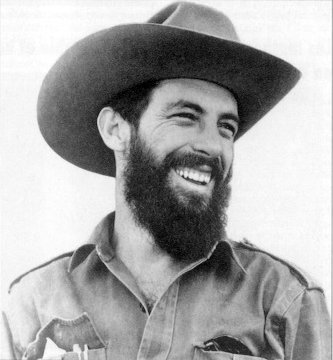
Women's Rights in Cuba
All the famous figures in this article are men, it’s about war revolution after all. But let’s take a moment to go over women’s rights in Cuba. Fidel Castro may have killed in Combat, executed political prisoners and committed war crimes against civilians in his war for power and control of Cuba… True. But under Fidel Castro, women’s right to an abortion was decriminalized in 1965 and made freely available through the National Healthcare system in 1979. The use of contraception started around 60% in 1980, peaking at 77% in 2010 among women 15-49 years old. Condoms in Cuba are free. The pill is free.
In 1959, the government helped form the NGO: Federation of Cuban Women (FMC), a national mechanism for the advancement of women. Equal pay for equal work has been included in the Cuban Constitution since 1940. Women received the right to vote in 1933 and today 48% of the lower house seats in government are held by women, one of the highest rates in the world.
As of 2011, 68% of University Graduates in Cuba are women, this goes up to 81% for medical students. When Fidel took power 25% of Cubans couldn’t read. By 1961, literacy rates started to climb literate thanks to a coordinated volunteer effort to promote literacy, many of the volunteers being young women. By 1981 literacy in Cuba surpassed Italy’s, home of the Vatican and Catholic Church, at 97.84% and 96.46%. Cuba has maintained a higher literacy rate than most developed countries ever since.
Women saw a tremendous advancement in Cuban society after the revolution, and have more rights than most American Women. Who knew?
Russian Cuisine in Havana
One of the coolest cultural experiences in Havana is visiting an authentic Russian Restaurant. Where I grew up in Canada, Russian food really isn’t a thing. But Havana and Cuba has a long and rich history with Russia… The cold war’s lasting legacy includes getting delicious Borsh and Solyanka (Orange Sour Soup below) in the heart of Havana.
There are two Russian Restaurants of note in downtown: Nasdarovie and Tabarish. We visited Tabarish, you can find them on Facebook. The food was interesting. I received a first-hand introduction to Russian Cuisine thanks to Alisa who grew up in Post-Soviet Belarus. She ate many of these dishes in her youth.
Although the are Russian drinks on the Menu, we decided on a more traditional Cuban drink: Mojitos! They were delicious! This bar is worth checking out. It is located in the old district, the main tourist area, and is therefore priced accordingly. It costs us the same had we gone to any restaurant in the US. $10-$15 for an entree and $6-$10 for a cocktail.
Casa Comfort Habana Airbnb
Our first accommodation in Cuba was booked through Airbnb, which I recommend for all your bookings. Airbnb uses SMS text messages with Casa owners who have limited internet access, so Casa owners can keep in touch with you about your booking. Other booking platforms do not have that kind of system in place for Cuba.
Casa Comfort Habana was a great choice for a few nights in Havana. Alisa and I stayed here 3 nights, including the night we arrived. We only booked 2 nights but managed to pay for another room they had available for the 3rd night. I recommend booking all your nights in advance. We were traveling in low tourist season, so we took the chance. Overall, this Casa went above and beyond for us. The staff have limited English (almost none) but did everything to make us feel at home. 10/10 will stay there again.
Casa Amenities & Location
Casa Comfort Habana is located a few blocks south of the Malecon main road along the seawall. The location is perfect. 20-30 minutes walk from the old district in the east, including central park, El Capitolio, the beautiful cobblestone streets and the Museo de la Revolucion.
You can see my review on Airbnb, any further westward even though it’s cheaper may mean having to take a taxi everywhere. So it’s worth the extra $5/night to be located so close to the best spots in Havana. The streets can look a little questionable at night, including the Casa with it’s large gated doors. But step inside the Casa and you’ll be delighted to find the 1940s building completely renovated with nice clean rooms, aircon, spacious dinning area, pool table, bar and friendly staff. We stayed in 2 of the 3 rooms available, both were great and include a clean private bathroom, towels and shower.
I arrived in Havana at 3:30 am, the little Cuban lady stayed up all night to wait for my arrival. Alisa had arrived earlier in the evening and was able to catch some Zzzz while the host waited up for me. The rooms can be completely blacked out if you shut the window blinds. So getting a good night sleep after a long flight is easy. We slept in until well past noon on our first day.
More Info for Cuba
If you are still planning your trip to Cuba, check out our List of Articles for Cuba. We started off with a guide: Arriving in Havana & How to Prepare, including tips on Cuban currency and dealing with No Internet Access for bookings and staying in touch.
For your pre-trip downtime, check out our List of Recommended Books, Movies and Podcasts! We are always adding more good stuff you might like.
If you find this useful, follow us on Twitter and Instagram!
